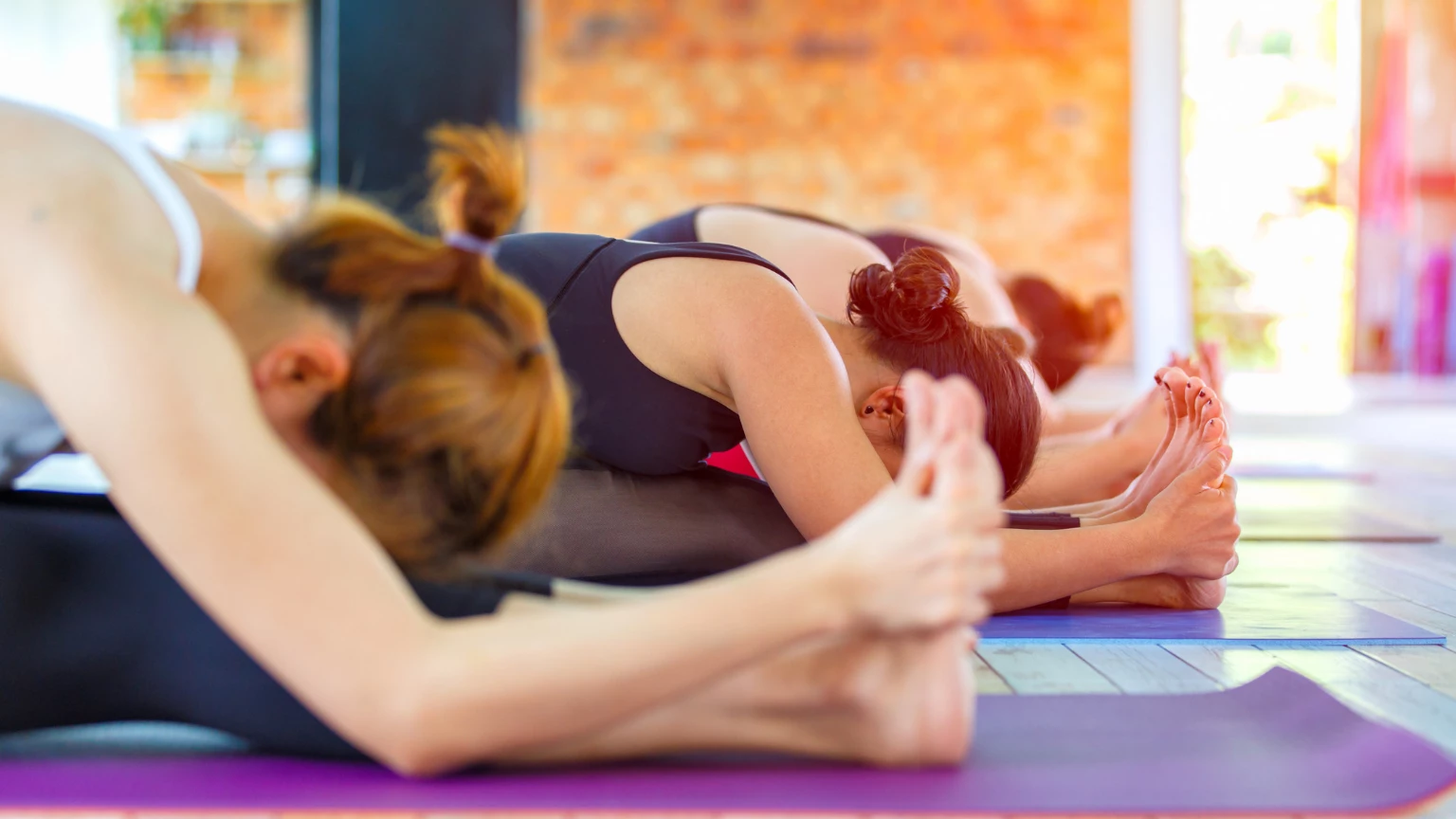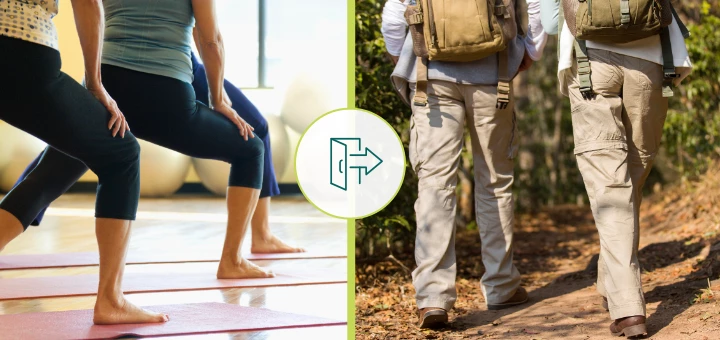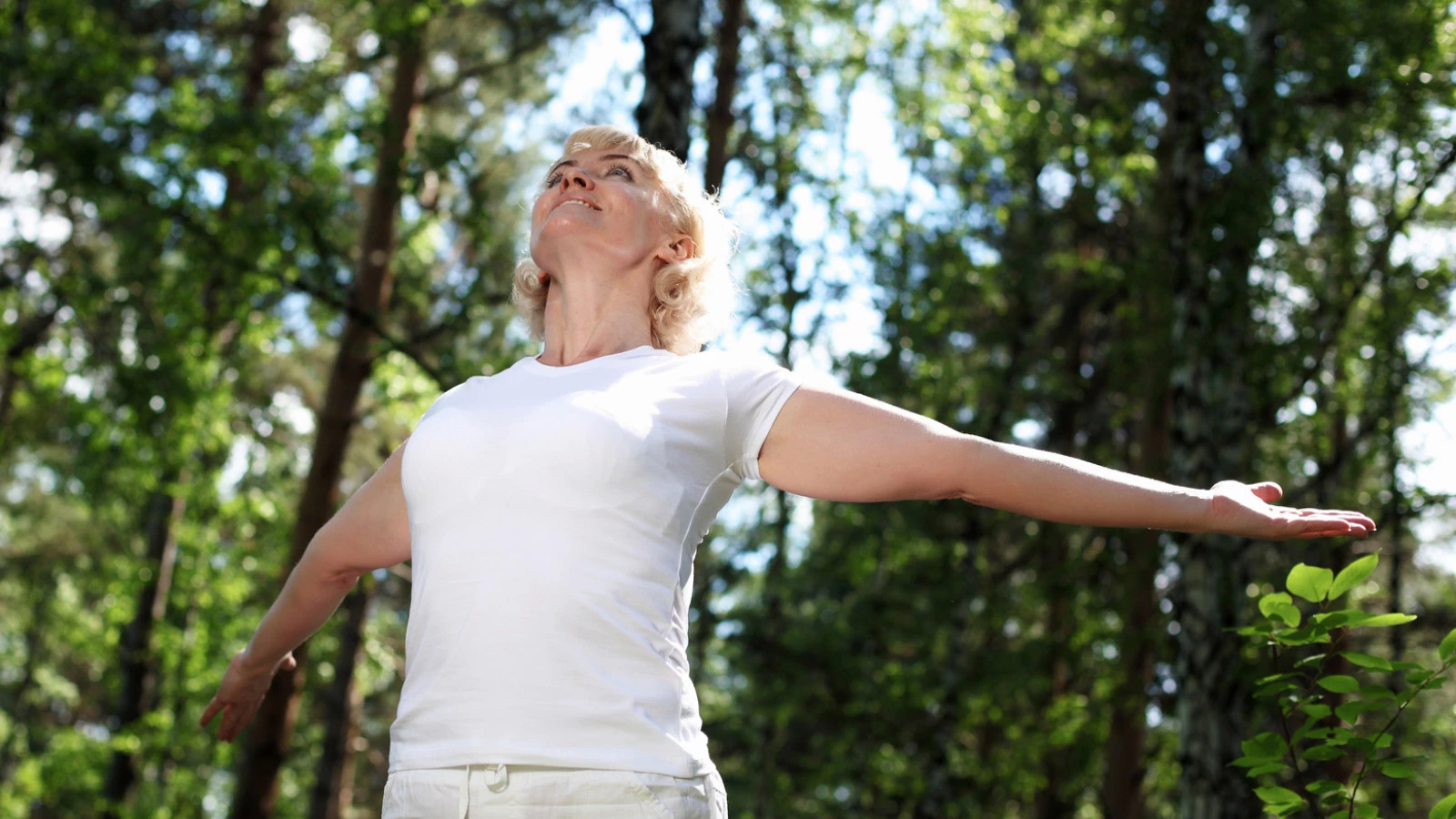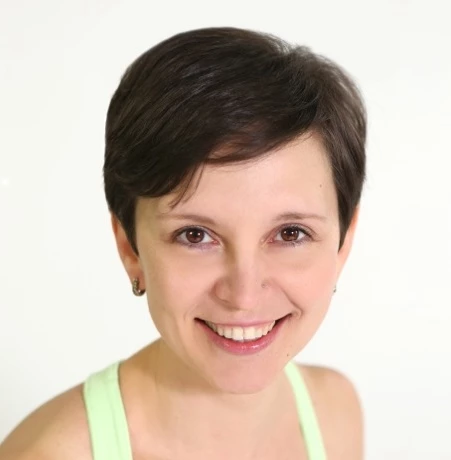Yoga Teaching Tips: How to Structure a Yoga Class for a Specific Population

When my son was about five years old, I made a point of finding some after-school activities for him to do. We were lucky that there were plenty of choices within walking distance from where we lived—swimming, ballet, foreign languages, karate, and even a yoga studio specifically for kids (pretty amazing, if you ask me!). In the course of the year, he went to karate, swimming, and yoga.
Here is what I found pretty remarkable comparing those three activities: the first two aimed to teach him a skill with clearly defined goals, milestones, and rewards, while yoga was mostly fun. Yoga felt less purposeful. The difference in approach was reflected in both the price of those services (yoga was much cheaper and didn’t involve a membership) and our attitude toward them (it was easy for us to skip yoga because he wouldn’t miss any important milestones).
As I reflect on this now, it pains me, because I want my yoga teacher peers to succeed in their businesses, and the students, young and old, who come to yoga classes to learn something tangible. It doesn’t mean that students don’t learn things in drop-in yoga classes, but it is harder for them to progress in any sense of the word because there is usually no specific goal or roadmap for getting there.
That’s why I prefer teaching yoga for specific populations and/or topics, rather than general yoga classes. Classes like that tend to have a clear purpose, which means that students are more likely to be motivated and committed to the entire process. And I usually teach those classes in series, which means that each practice builds on the previous one. This enables students to experience actual progress, get much further in their studies, and be more successful in integrating those lessons into their daily life.
So today, let’s begin to explore how to set an intention for a specific population of students. There are different ways to do it. We will use the example of a class devoted to hikers to illustrate it.
Identify Intentions for a Specific Yoga Class

When we design a yoga class for a specific group of students focused around an activity (hiking, gardening, golfing, sitting at the computer, driving long distances, etc.), we usually begin by asking ourselves: what does the student hope to experience while engaging in the activity?
An office worker wants to be productive, and a gardener wants to enjoy the process and the fruits of her labor, a hiker expects health benefits and pleasant surroundings, a driver wants to get to his destination safely and with minimal body stress, and so on. It’s advantageous to ask your students what kind of experience they treasure most when they engage in an activity. This will inform your planning. The yoga practices you design need to support and enhance their experience.
Then we usually analyze the activity itself from the perspective of physical, energetic, and mental demands. Ask yourself: what is required from any person to engage in this activity?
What are the physical demands on the body?
-
Which body parts get used the most, and in what way?
-
Which parts of the body can potentially be compromised?
-
Is there cumulative stress from repetitive actions?
-
Is there a way to make an activity less stressful for the body? For example, these could include taking breaks during car rides, paying attention to body positioning during gardening, using core musculature and proper form when playing tennis, etc.
What are the energetic demands of the activity? Is it a high-intensity activity with lots of movement or more mellow/ sedentary activity?
What are the mental demands of the activity? Does it require additional concentration and mental focus?
Yoga for Hikers
Now let’s answer those questions about our students from the hiking club. 
-
What do they enjoy most? Most of them hike because they see it as a form of exercise that is more enjoyable and less impactful on the joints. They appreciate getting out into nature, breathing fresh air and spending time with other folks who enjoy the same things.
-
How does yoga fit in? In short, their yoga practice needs to support their experience described above. It needs to prepare the body and protect it from injury and make it easier and more enjoyable to hike, breathe, and socialize.
From the physical perspective, our hiking students will need to strengthen their lower body, specifically the core, hips, knees, ankles, and feet. We need to take into account that they will be moving up and down hills, as well as sidestepping and navigating uneven surfaces, which means the yoga poses we choose for the hips and ankles will need to imitate those actions. We will also need to spend a considerable amount of time working on leg balance and core strength to minimize the risk of falling. If they use walking sticks, we can integrate those into the practice as well and do some work on upper body strengthening.
From the energetic perspective, hiking can be low energy or high energy depending on the difficulty of the hike based on terrain, elevation, length, and individual student conditioning. We would need to focus on endurance and also deepening the breath so that they could enjoy all that fresh air on the hike.
From the mental perspective, hikers need to pay attention to what’s under their feet, as well as monitor their surroundings to avoid falling objects, poking branches, poison ivy, etc. We could work on sharpening their external awareness, maybe by working with their sensory input; and their body awareness, so that they know where each part of their body is in space.
And from the social perspective, we can create space where the hikers can get to know each other better, welcome new members, discover commonalities between them, and just be able to connect and celebrate their shared love of hiking.
Each one of those ideas can become an intention for a practice, for example, hip abduction, or deepening inhalation, or sensory awareness. Or you can combine several of them within one practice, for example, hip abduction + deepening inhalation + sensory awareness, depending on how much time you have and how many classes you intend to teach.
Attracting Students to Your Class or Series
If you put all these intentions on a flyer and stick it on the community board of your local hiking club, you will be much more likely to get your potential students interested. It gives them a clear picture of what to expect and how this approach to yoga will help them with the activity they already love.
It would be more effective in both attracting students and getting their needs met than a general drop-in yoga class in the best yoga studio in town. It’s just more relevant to specific students. And it also makes it easier for you as a yoga teacher to design those class series (or ongoing classes for hikers) because you’ll have a clearly defined agenda. Then you can evaluate any pose, breathing practice, or focusing exercise from the perspective of “how will this be useful to my hikers?”
We can apply those principles to any group of students focused around an activity.
Study with Olga Kabel and YogaUOnline – Yoga for Every Body: How to Adapt Yoga Poses for Different Situations, Conditions, and Purposes.
This article is reprinted with permission from Sequence Wiz.
Images by Sequence Wiz.
 Educated as a school teacher, Olga Kabel has been teaching yoga for over 14 years. She completed multiple Yoga Teacher Training Programs but discovered the strongest connection to the Krishnamacharya/ T.K.V. Desikachar lineage. She had studied with Gary Kraftsow and American Viniyoga Institute (2004-2006) and received her Viniyoga Teacher diploma in July 2006, becoming an AVI-certified Yoga Therapist in April 2011. Olga is a founder and managing director of Sequence Wiz-a web-based yoga sequence builder that assists yoga teachers and yoga therapists in creating and organizing yoga practices. It also features simple, informational articles on how to sequence yoga practices for maximum effectiveness. Olga strongly believes in the healing power of this ancient discipline on every level: physical, psychological, and spiritual. She strives to make yoga practices accessible to students of any age, physical ability, and medical history specializing in helping her students relieve muscle aches and pains, manage stress and anxiety, and develop mental focus.
Educated as a school teacher, Olga Kabel has been teaching yoga for over 14 years. She completed multiple Yoga Teacher Training Programs but discovered the strongest connection to the Krishnamacharya/ T.K.V. Desikachar lineage. She had studied with Gary Kraftsow and American Viniyoga Institute (2004-2006) and received her Viniyoga Teacher diploma in July 2006, becoming an AVI-certified Yoga Therapist in April 2011. Olga is a founder and managing director of Sequence Wiz-a web-based yoga sequence builder that assists yoga teachers and yoga therapists in creating and organizing yoga practices. It also features simple, informational articles on how to sequence yoga practices for maximum effectiveness. Olga strongly believes in the healing power of this ancient discipline on every level: physical, psychological, and spiritual. She strives to make yoga practices accessible to students of any age, physical ability, and medical history specializing in helping her students relieve muscle aches and pains, manage stress and anxiety, and develop mental focus.



